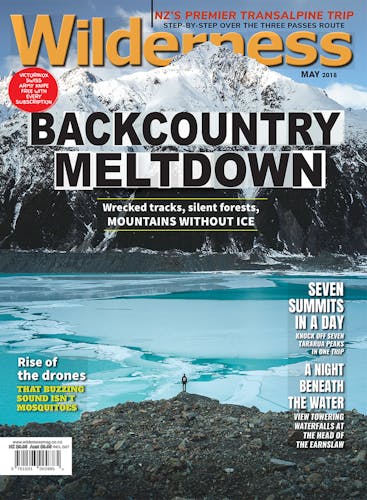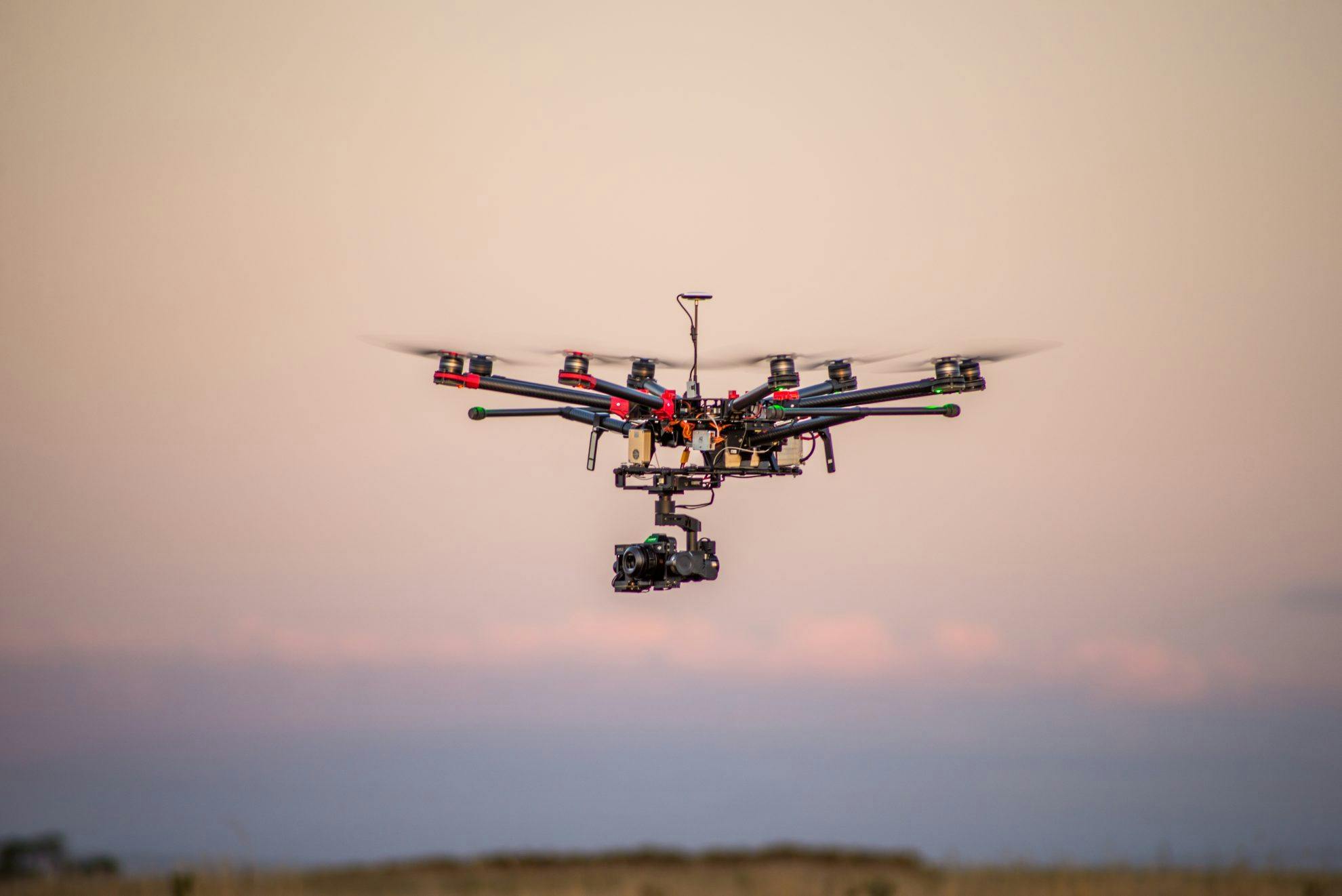The buzzing sound of drones is becoming increasingly common in national parks, but is it legal to fly them there?
As more drones are being flown in the backcountry, DOC is grappling with how to manage them as it faces complaints from trampers and aviators.
Drone users require permission from DOC to fly over conservation land as drones are classified as an aircraft and are regulated in the same way as a helicopter or aeroplane.
But DOC staff at some popular spots are finding an increasing number of people are flouting the rules, or are simply unaware of the regulations.
Golden Bay operations manager Andrew Lamason said he regularly receives complaints from trampers about drones in Abel Tasman National Park.
“It frustrates the hell out of me,” Lamason said. “It has a big impact on people’s experience. People spend a lot of effort getting to these beautiful remote places. They shouldn’t have to sit there and have things buzzing around their head.”
Lamason has put up signs around the park telling people drones aren’t allowed but to no avail.
Fiordland operations manager Greg Lind has had a similar experience.
“It’s a major issue,” Lind said. “Everybody seems to be struggling with how to deal with them. All the signage in the world appears to have little effect.
“This year we’ve had people taking them on the Great Walks, up to Key Summit on the Routeburn Track, and even on the lakefront near the Te Anau helipad.”
DOC has also been inundated with applications from drone users seeking permission to fly. Drones accounted for 18 per cent of all concession applications last year. The number of approved concessions had also ballooned from five in 2015, to 102 last year.
The issues have lead to some to call on DOC to get tougher on drone users who ignore the rules. Figures released under the Official Information Act show DOC has never issued a warning or prosecuted anyone for using a drone without authorisation.
Professional photographer Talman Madsen has won awards for his drone photography, but said he rarely takes his drone out anymore because their use is becoming increasingly contentious and applying for approval is time-consuming. He said DOC needs to police and enforce the rules.
“We go to these places to escape technology,” Madsen said. “Who wants to be constantly annoyed by the whir and sound of drones when they are hiking?”
He recently visited the United States and said a crack-down on drone use in national parks there had made a difference.
“I went to a bunch of national parks and I only saw one drone,” he said. “We need to be more strict here. If people are flouting the rules, they [DOC] should be able to prosecute based on seeing drone images on social media.”
DOC director of planning, permissions and land Marie Long said the department preferred to take an educational approach to drone use, rather than issuing fines.
“As drone use is a relatively new activity, the department prefers to take an initial approach to educating drone operators to ensure they are aware of the concession requirements,” Long said.
DOC senior media advisor Leigh-Anne Wiig said the department was also updating the requirements to make it easier for people to understand the regulations. But Federated Mountain Clubs president Peter Wilson said DOC should develop a specific drone policy to be consistent across the country.
“They don’t have a management regime and policy that’s fit for purpose for drones.”
A DOC memo leaked to Wilderness and written by Long said the department could either develop a specific policy for drones and map areas where drone use would be permitted or create a separate definition for a drone so it could be considered separately from aircraft. But Long said the department couldn’t afford to do the work.
Ultimately, Long recommended drone applications be treated differently to aircraft by assessing them as an ‘exceptional circumstance’ and applications could be approved if they were consistent with the park management plans.
But Wilson said this isn’t good enough.
“They’ve got to have a comprehensive review with proper consultation and I’m concerned they are abusing the ‘exceptional circumstances’ clause.”








